Good Food's recipe writers share their top tips and tricks
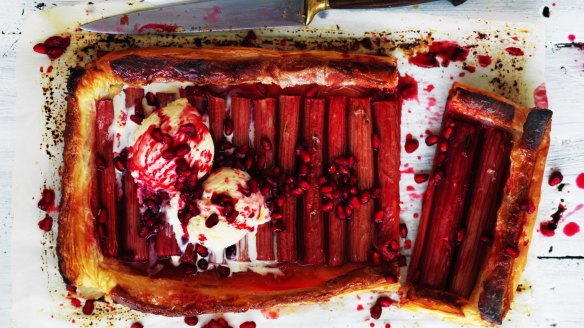
Week after week our crack team of recipe writers deliver beautiful recipes to Good Food, but what about the tricks, short cuts and must-knows behind all these great dishes? We quizzed all nine of our writers for useful kitchen wisdom so we can all become better at getting fabulous food on the table.
What did you struggle with in your early days as a cook? How can we learn from it?
Andrew McConnell: Egg whites were a challenge. Early on, I was given a lesson by a French pastry chef and he said the most important thing is cleanliness. I learnt to wash whisks and bowls fastidiously, rinse them under hot water, then dry them with a clean cloth so there's no oil or soap residue.
Dan Lepard: My problem was rushing ahead through sheer excitement. I didn't stop to taste, to consider the individual character of ingredients. I'd think of an apple as part of a dish, something to combine with sugar or lemon juice without ever tasting the actual fruit.
Slowly, I learnt to appreciate the flavour of an ingredient before combining it with something else. Maybe that apple is really sweet so you reduce the sugar, or it's acidic so you leave out the lemon juice, use orange juice instead.
Helen Goh: I used to think that if a dish didn't work I was a bad baker. But because I was running a cafe, I just had to redo it because I had to have something to serve. And that's how you become good. When you do get it right it's not just having a cake to sell, it's the confidence you gain that makes you tackle the next thing in a different way. That's how expertise builds. And that's not just cooking, it's life.
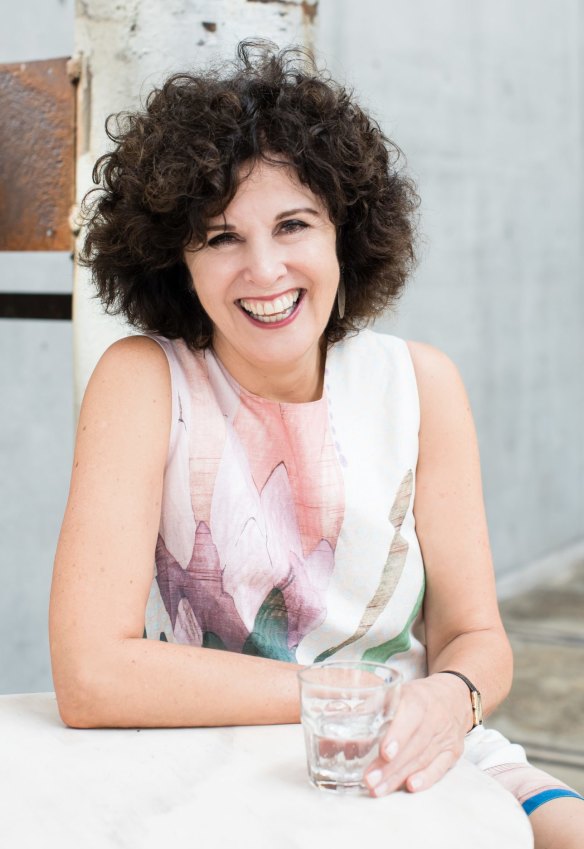
Adam Liaw: The idea that simple food could be good. Most of us grow up with a basic understanding of cooking and we think we need to add more to that to improve – more ingredients, cook things for hours longer, serve larger portions. It never dawns on us that doing the exact opposite can produce better results.
Jill Dupleix: I was always a bit of an experimental cook, trying new things all the time, and also trying to do things like reduce the sugar or butter in a recipe. That's fine, except for when you are baking. Cake recipes are not that forgiving, and I made a lot of duds trying to bend recipes to my will. After a few years of this, I decided to learn to bake properly and I set myself the task for an entire year of getting my head around it.
Danielle Alvarez: The kitchens I worked in [such as Chez Panisse] were intuitive, there were no recipes. It was a struggle then but now I'm so thankful I learnt that way. Rather than thinking there was just one way to do things, I knew there were several ways to get a result. So, when something doesn't work, I keep trying. Even if I fail big, I will always come back, do it again, and make something delicious eventually.
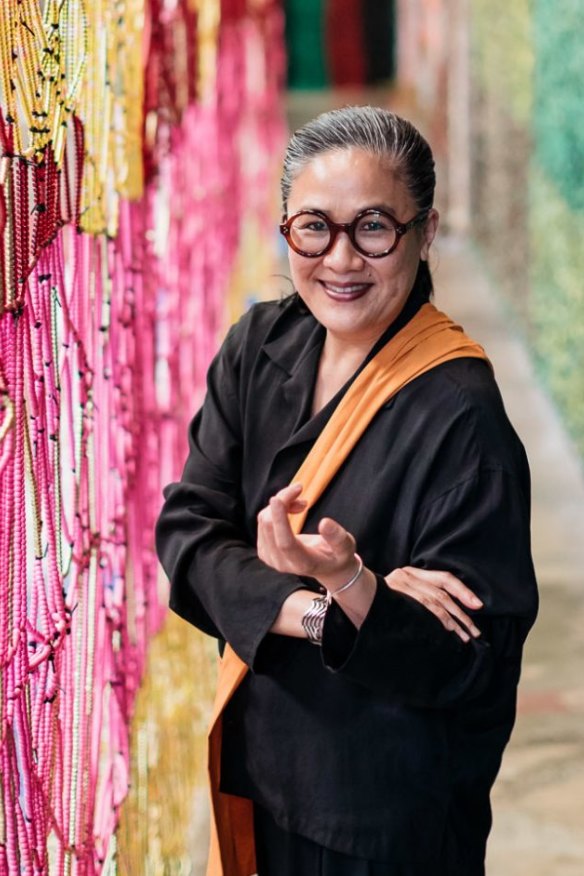
What's the kitchen trick that gets you out of trouble all the time?
Neil Perry: Everyone should have a salad spinner. There's nothing nice about limp leaves and water dilutes the dressing and therefore the flavour. One of the first things I learnt with Stephanie Alexander was to wash, pick and dry a salad properly.
Andrew McConnell: I organise myself. I organise my head, my space, my ingredients and then – if I'm cooking at home – I can have a glass of wine and relax into it. If you're not organised, a half-hour recipe can take an hour and a half.
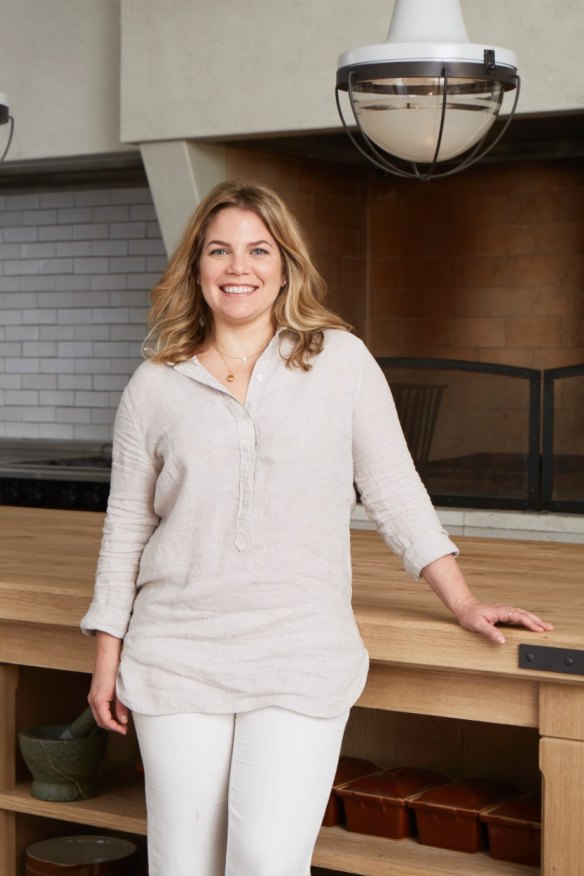
Dan Lepard: I pre-cook vegetables before combining them in a dish. Say you are doing a roast with small carrots, chunks of pumpkin, pieces of potato: they all take different times to cook. Rather than roasting them until they disintegrate, I simmer or microwave them then add them at different times so everything is ready at once. It's better for timing and it also preserves flavours.
Jill Dupleix: I have what I call a "magic pan" that I roast everything on, from chicken to bacon to baby carrots, and it miraculously makes the bottom as crisp and golden as the top, so you don't have to turn things over. There is a big range of them at The Essential Ingredient (the brand is Stellar) – they're tough, solid and last for years.
Katrina Meynink: My microplane and mortar and pestle. I've rarely come across a recipe that hasn't been saved or improved by some grated garlic or lemon, or crushed spices.
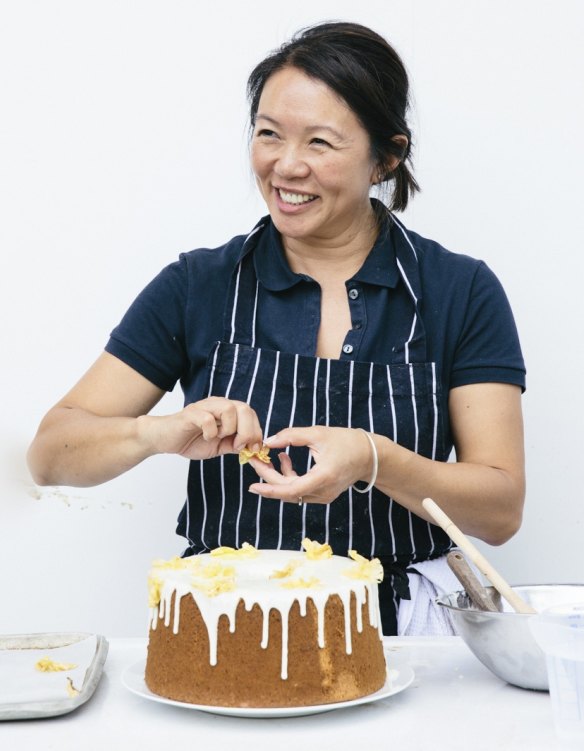
Kylie Kwong: My Chinese steamer is my most used piece of cooking equipment at home. I steam fish, vegetables, chicken thigh fillets, noodles. You cannot go wrong with this gentle cooking technique and several good quality sauces at hand, like organic tamari or good quality balsamic and extra virgin olive oil.
Helen Goh: With baking, the thing that can make or break a cake is the temperature and consistency of butter. I have butter in the freezer, the fridge and on the counter so at any point I can access the consistency I need. For the home cook, it's about thinking ahead and having the butter at the right temperature before you start baking. Also, don't throw away pastry offcuts because you can use them to patch your pastry after blind baking. Pinch a little off and smear it into a crack – that will save you if you've got a wet filling like for a lemon tart.
Danielle Alvarez: It sounds silly but adding water. For example, if I'm browning something in a pan and it gets too hot, I add a little water to bring the temperature back down. If I'm sauteing greens, they often brown too much on the outside without cooking through: a little splash of water in the pan creates enough moisture to get into that veg and cook it the rest of the way. I hate soups that are way too thick, like a puree: a couple of tablespoons of water can make it velvety.

What do you think home cooks often do wrong and how can we improve?
Danielle Alvarez: Not adding enough seasoning! It's a hard lesson to learn because you only learn it over time, and different salts behave differently. To learn how to season, you have to taste your food through the cooking process, not just at the end. Taste everything, even the liquid you're cooking beans in: is it a flavourful liquid to cook them in?
Adam Liaw: Overcooking things and forgetting seasoning. Studying Japanese food can really help improve your cooking generally. In Japanese cuisine there is a lot of emphasis on seasoning as opposed to flavouring. Very few herbs and spices are used. And, as many foods are eaten raw, the process of applying heat is about changing textures rather than a misguided idea of when food is "done".
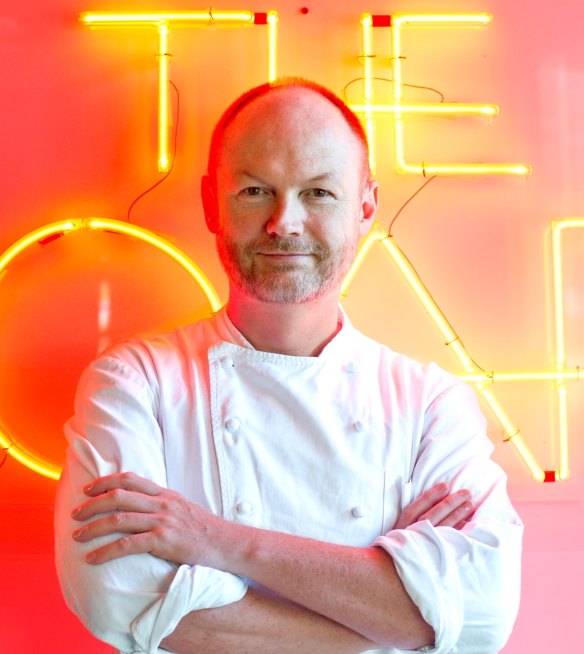
Neil Perry: People sometimes think an impressive meal for friends has to be complicated. It doesn't. Shop well, cook well, and cook within your abilities: don't push the limits of your capacity when you're trying to impress. If you want to do something complex, experiment on your husband, your wife, the kids before you unleash it on others.
Helen Goh: Not reading the recipe and knowing ahead of time that you need room temperature butter and eggs, roasted nuts, a lined cake tin. Lining a cake tin is so boring, you want to get onto the recipe, but then you get to the end, the batter is perfect, and you're flustered looking for the bottom of the springform. Set up everything as though you're on a TV show with everything done for you and then you can enjoy the baking process.
Kylie Kwong: Menu planning. There is nothing worse than being an exhausted, stressed-out host, so when I plan a dinner party menu, I choose my dishes carefully to be not only seasonal and delicious, but also practical. For example, I love roasting a whole ocean trout as the main dish. I do this several hours in advance, as it can be served at room temperature. I prepare side salads which can be pre-prepped and simply dressed and assembled upon serving. I might have some fried rice pre-cooked which I heat up in the oven, just before serving and perhaps one other hot dish, which I can cook a la minute.
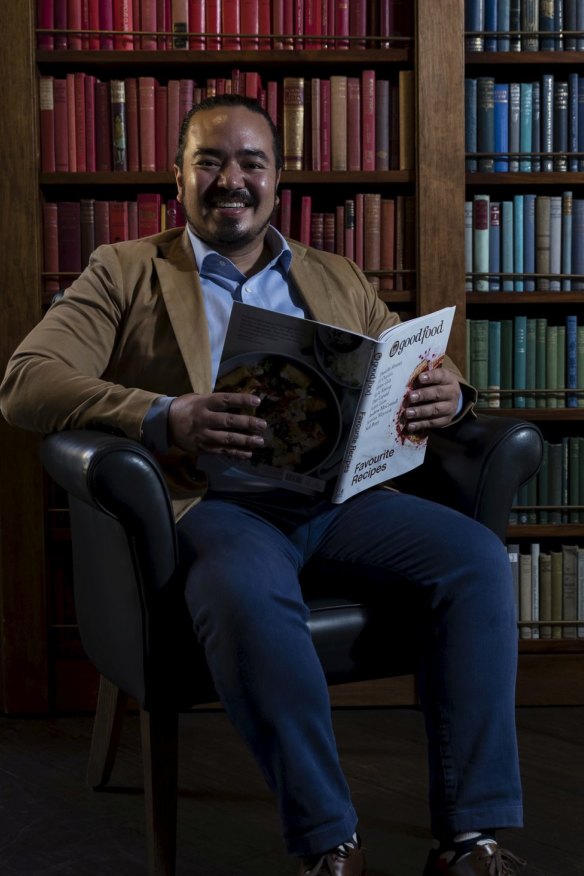
Katrina Meynink: Trying to follow a recipe so closely they forget to have fun. Cooking is a joy. If you are too rigorous and concerned with following a recipe to the absolute letter you don't get to bring any of yourself to the food. By using a recipe as a guide you learn more about the ingredients you are using, your kitchen appliances and your own skills as a cook. Every time you do this, you are building skills and confidence and the cooking will become more natural and enjoyable.
Dan Lepard: There are so many recipes out there that I don't really understand why people still look to substitute ingredients rather than find a recipe that suits what they have. I published a pork pie recipe recently and a reader asked if they could veganise it with mushrooms. Well, maybe, but why not just seek out a really good mushroom pie recipe?
Is there a recipe of yours in the Good Food book that demonstrates a kitchen principle we all should know?
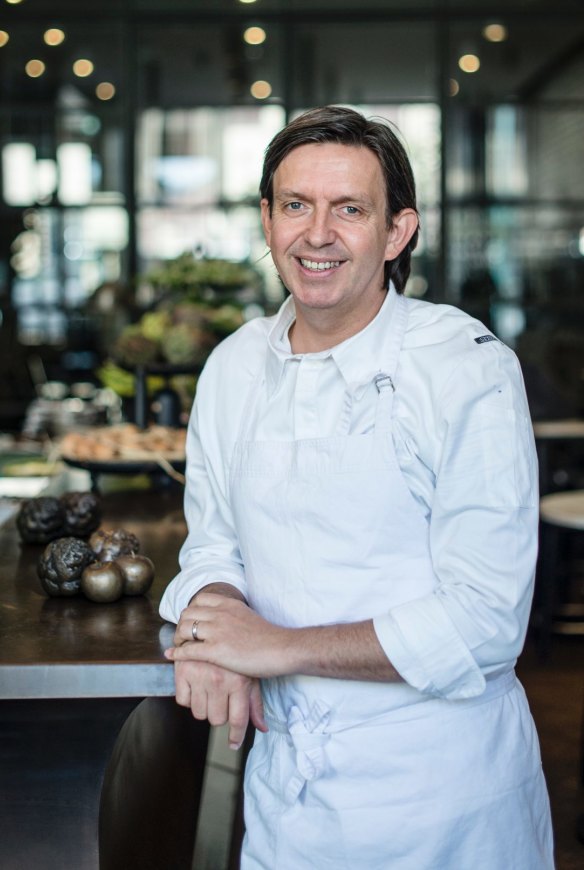
Neil Perry: With my pan-fried swordfish, I add a little oil to the butter to stop it burning. I generally use a combination of oil and butter when sauteing. It allows you to caramelise and brown beautifully without the butter going too far.
Dan Lepard: I pre-cook the grains in my pumpkin bulgur wheat cake. This means they don't rob moisture from the crumb. I do this all the time when adding grains to things: cook them first then stir them in rather than hope they'll cook with the other ingredients in one go.
Andrew McConnell: Many recipe components can be applied and used in a different way – people can look out for those opportunities. For example, the beetroot dressing for my red endive salad also works a treat with steak. I just add extra vinegar to make it more robust to support the beef.
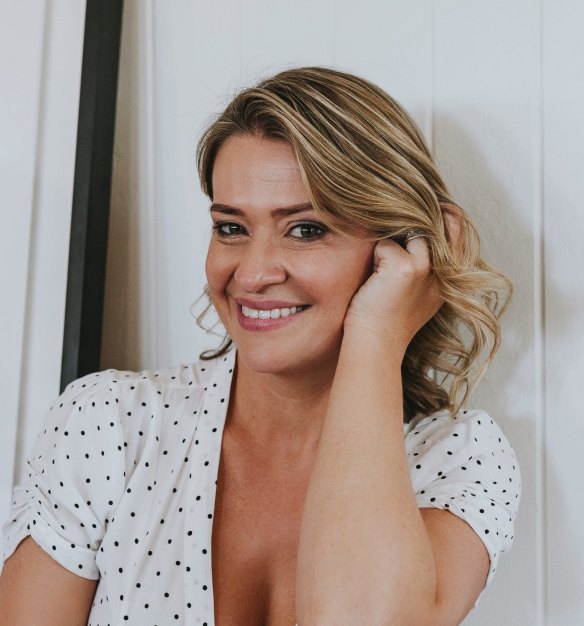
Danielle Alvarez: The way pasta and sauce are combined is really important, as I say in my rigatoni with smoky eggplant recipe. You have to toss the pasta with the sauce and a little pasta water so it creates this starchy emulsion that coats the pasta. You need a really wide pan, and you can't make gigantic portions. If you want to serve pasta for more than six people, I think you should do a baked pasta.
Adam Liaw: My roasted broccoli with chilli, garlic and parmesan shows how treating an ingredient a little differently can produce great results. It's so simple, requiring less than five minutes of hands-on time.
Kylie Kwong: I love the classic Chinese cooking method of master stock cooking, as with my red-braised caramelised pork belly. It is the perfect stock for poaching and braising meat, poultry and also root vegetables and eggs. Apart from the complex, deep, rich flavours and colours imparted into the ingredients during this method, what I love is that you can use this stock over and over again. It gets better each time.
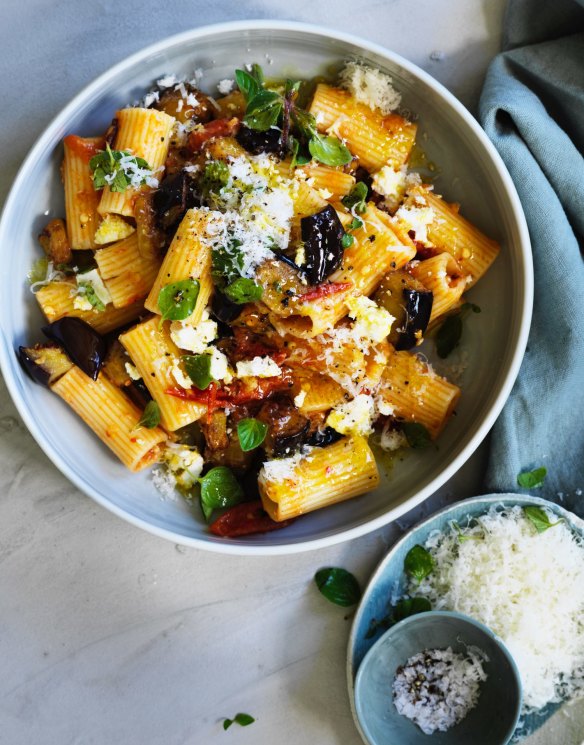
Which ingredient do you think home cooks could understand better?
Andrew McConnell: The question I get asked most is where I like to eat, but the second most popular is "how do I cook a piece of fish". Rather than stressing about pan-frying, why not steam fish? It's underrated. You don't have to have a fancy steam oven – just go the old-school Asian grocery steamer.
Get a super-fresh piece of fish and make sure the steamer is on full boil before you add it. Get the heat into it quickly then turn it down so it's a gentle boil. Steaming is more forgiving than pan-frying: it's harder to overcook. Add a little soy sauce, ginger and spring onion – there is nothing simpler or better.
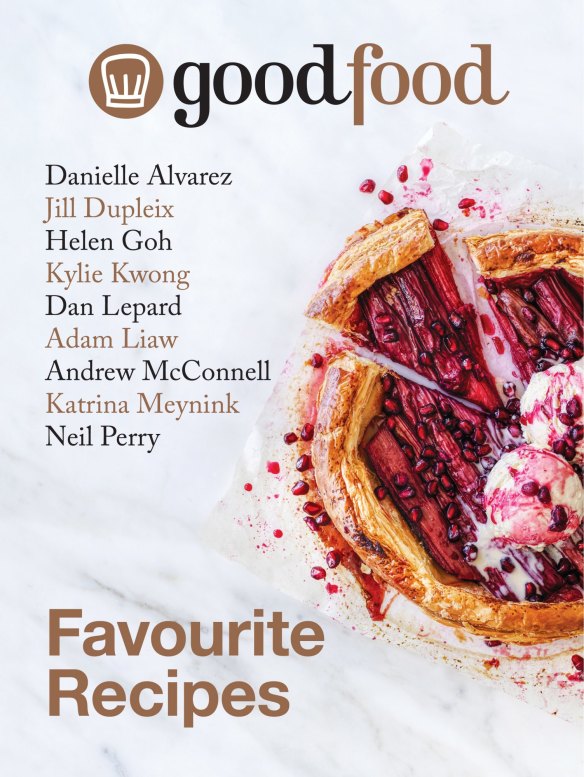
Katrina Meynink: Salt. It's the single most important ingredient in the kitchen to balance and enhance flavour. When a dish falls short it can be as simple as adjusting the salt, and not just in terms of flakes or crystals but a grating of cheese, pounding a few anchovies, olives or capers. The only way to learn to love it properly is to use it. And to taste. All the time. Gradually add salt and keep tasting to learn how it rounds out, contrasts or intensifies richness.
Kylie Kwong: Australian native plants. We need to take the time to experiment with these delicious, highly nutritious and distinctive ingredients including warrigal greens, saltbush, karkalla and sea parsley. I suggest reading up about them from a historical and traditional viewpoint, then experiment with them in your kitchen. Do they remind you of any ingredient and, if so, can you use them in the same way? For example, warrigal greens reminded me very much of English spinach so I started to think about the ways I cooked spinach and went from there.
Adam Liaw: All vegetables. Many of us focus so much on the meat we're cooking that we actually end up cooking our vegetables like meat. But the composition of a vegetable is very different and will cook very differently. Blacken a steak and it will be overcooked and bitter, but blacken a cauliflower or cabbage and it will be rich, sweet and savoury.
Danielle Alvarez: Citrus. I do add lemon to everything but we shouldn't just think of citrus as a background ingredient. I love a savoury citrus salad when citrus is at its peak coming into winter. Peel and slice blood oranges, oranges and grapefruits, toss them with thickly sliced and rinsed red onion, black olives and new season olive oil. Delicious.
Jill Dupleix: Rhubarb. I think the reason many people don't like rhubarb is because they were taught to chop it and cook it up in a saucepan with sugar, where it goes all pale and mushy. I always bake rhubarb in the whole piece (trimmed – the leaves are poisonous) in the oven, with sugar and orange juice because I love how it keeps its shape and oozes out delicious juices.
One day in a fit of "what if" I threw the whole lot onto a sheet of pastry. The juices oozed out and caramelised beautifully into a sort of toffee – it's so divine (and it's on the cover of the book as my rhubarb and pomegranate tart).
Helen Goh: Caraway seeds are underused. I love them in plain butter cakes but they also go surprisingly well with chocolate. A home-made chocolate bark with a judicious sprinkle of toasted caraway seeds makes a great after-dinner sweet to have with coffee.
Dan Lepard: Cocoa powder. Many people look on it as fake chocolate flavour but it's really the core component in block chocolate. When we talk about chocolate being 70 per cent solids, that 70 per cent is cocoa powder. It is a starch so if you're adding it to a cake recipe, reduce the flour proportionately to compensate.
Good Food's inaugural cookbook is out now, just in time for Mother's Day. Good Food Favourite Recipes is a delicious collection of more than 100 recipes created for home cooks by nine of Australia's best-loved chefs, including Neil Perry, Kylie Kwong and Adam Liaw.
It is a 224-page compilation of inspirational, easy weeknight meals along with beautiful, showstopping dishes to impress your guests.
Buy it at thestore.com.au, bookstores and selected newsagencies, RRP $39.99.
The best recipes from Australia's leading chefs straight to your inbox.
Sign up